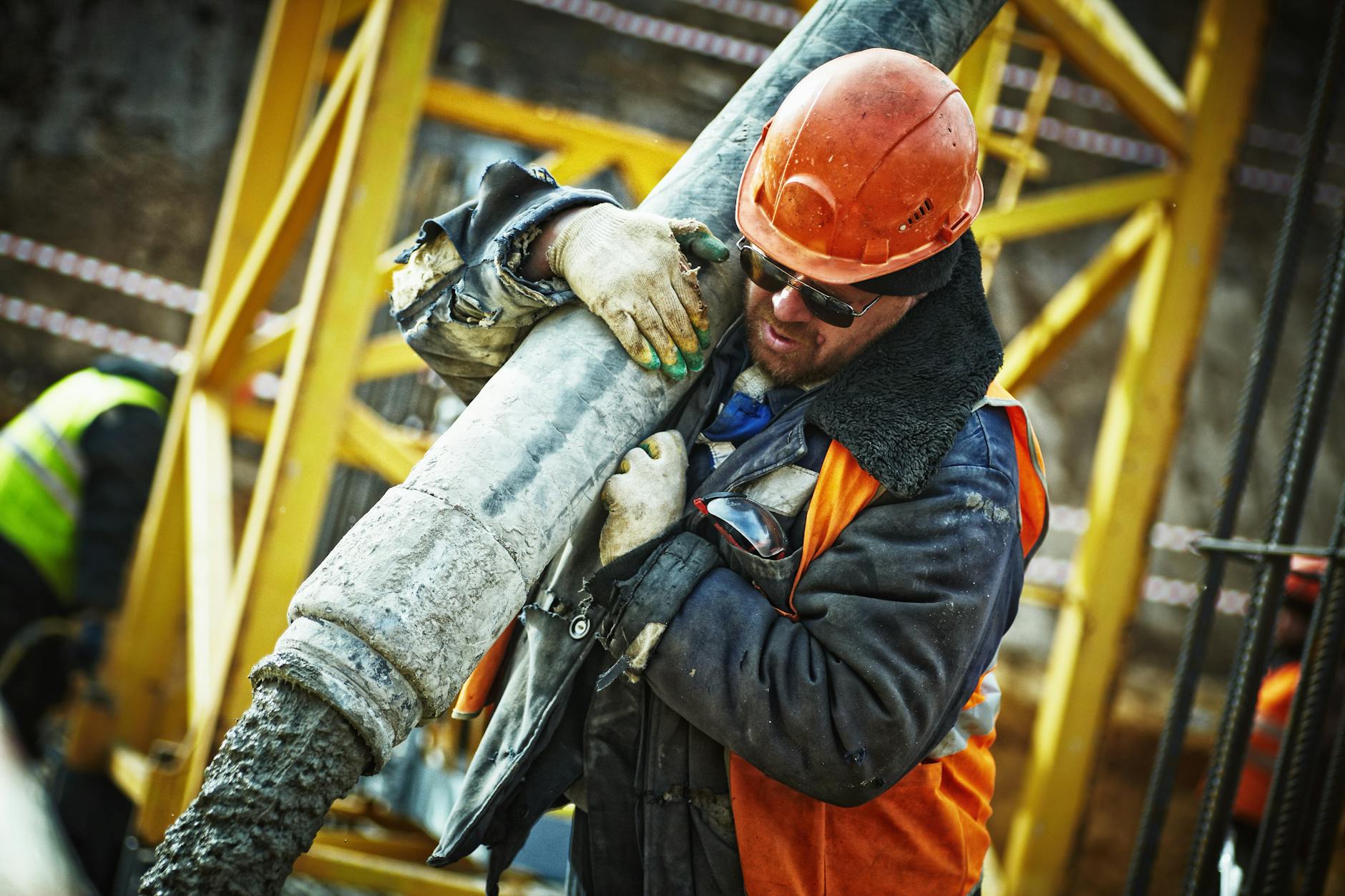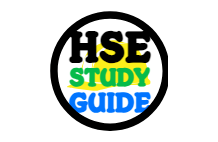
Material Lifting HSE Training
⚠️ Introduction: Why Lifting Safety Matters
“Raise your hand if you’ve ever lifted something and thought, ‘I’ll be fine’… only to feel that twist later. Back injuries account for 1 in 5 workplace injuries—and once your spine is damaged, it never fully heals.”
“Today, we’re not just learning ‘proper lifting’—we’re learning how to avoid lifting altogether when possible, use tools smarter, and protect your body for the long haul.”
[Hold up a herniated disc model]
“This is what happens when you lift wrong just once. Let’s make sure it doesn’t happen to you.”
🔍 Section 1: The Physics of Injury (Why Your Back Hates You)
“Your spine isn’t built like a crane—it’s more like a stack of fragile cups. One wrong move and… pop.”
Danger Zones:
• Bending + Twisting = Disc rupture risk
• Overhead Lifting = Shoulders take 5x the load
• Fatigue Lifting = Form breaks down → Injury
[Show biomechanics graphic]
“Lifting 25 lbs improperly puts 400 lbs of pressure on your spine. That’s why technique matters.”
🛠️ Section 2: Hierarchy of Controls (Work Smarter, Not Harder)
“Forget ‘lift with your knees’—the best lift is the one you avoid!”
1. Eliminate – Redesign workflow to minimize lifts
2. Mechanize – Use forklifts, hoists, conveyors
3. Team Lift – 2+ people for heavy/unwieldy loads
4. Proper Technique – Only when lifting is unavoidable
[Demo: Pallet jack vs. manual carrying]
“Why carry 50 boxes when you can move them all at once? Your future self will thank you.”
🏋️ Section 3: When You MUST Lift—Do It Right
“The 8 Golden Rules of manual lifting:”
1️⃣ Test the load (Can it be split? Is it balanced?)
2️⃣ Feet shoulder-width (Stable base)
3️⃣ Bend at hips/knees (Not your waist!)
4️⃣ Hug the load (Close to your center of gravity)
5️⃣ No twisting! (Move feet instead)
6️⃣ Slow & smooth (No jerking)
7️⃣ Breathe out on lift (Engages core)
8️⃣ Know your limit (Over 50 lbs? Get help or equipment)
[Live demo with exaggerated mistakes vs. proper form]
“See how twisting while lifting strains the spine? That’s a herniation waiting to happen.”
🚧 Section 4: Special Hazard Lifts
“These scenarios require extra caution:”
Bulky Loads – Can’t see feet → High trip risk
High/Low Shelves – Overreaching = back/shoulder damage
Cold Environments – Muscles stiffen → Higher injury chance
Repetitive Lifting – Microtears build up over time
[Show ergonomic lifting aids]
*”This vacuum lifter lets one person safely handle 100+ lbs. No heroics needed.”*
🚨 Section 5: Injury Signs & Response
“Ignoring pain makes it worse. Act fast if you feel:”
• Sharp pinching in spine/shoulders
• Radiating pain down legs (sciatica warning)
• Popping sensation during lift
What to Do:
- Stop immediately
- Report to supervisor
- Ice, not heat (Heat worsens inflammation)
- See occupational health (Don’t “walk it off”)
[Show timeline of untreated back injury]
“This worker ignored ‘twinges’—now he needs spinal fusion surgery.”
💡 Section 6: Team Lifting Coordination
“Two people lifting wrong = double the danger. Do it right:”
✔ Designate a leader (“I’ll count down—3, 2, 1, LIFT”)
✔ Match heights (No one bends lower)
✔ Move in sync (No sudden adjustments mid-lift)
✔ Communicate constantly (“Turning left—ready?”)
[Demo with volunteers—first chaotic, then coordinated]
“See how smooth it is when everyone’s on the same page?”
✅ Conclusion: Your Body’s Bill of Rights
“Repeat after me:
‘I have the right to ask for help without shame.
I have the right to use equipment instead of brute force.
I have the right to stop unsafe lifts—no matter the deadline.’”
“Your back has to last you a lifetime. Treat it like the priceless asset it is.”
PPE Safety HSE Training: Your Last Line of Defense
Electrical Safety HSE Training
Confined Space Safety HSE Training
❓ FAQs
Q: What’s the maximum safe lifting weight?
A: No universal number—depends on your fitness, load shape, and conditions. Over 50 lbs? Use mechanical help.
Q: Are back belts effective?
A: No scientific proof they prevent injury—proper technique matters more.
Q: How often should we stretch at work?
*A: Every 1-2 hours for frequent lifters—tight muscles tear easier.*
Q: Who pays for ergonomic equipment?
A: Employers must provide lifting aids—speak up if you need them!
























